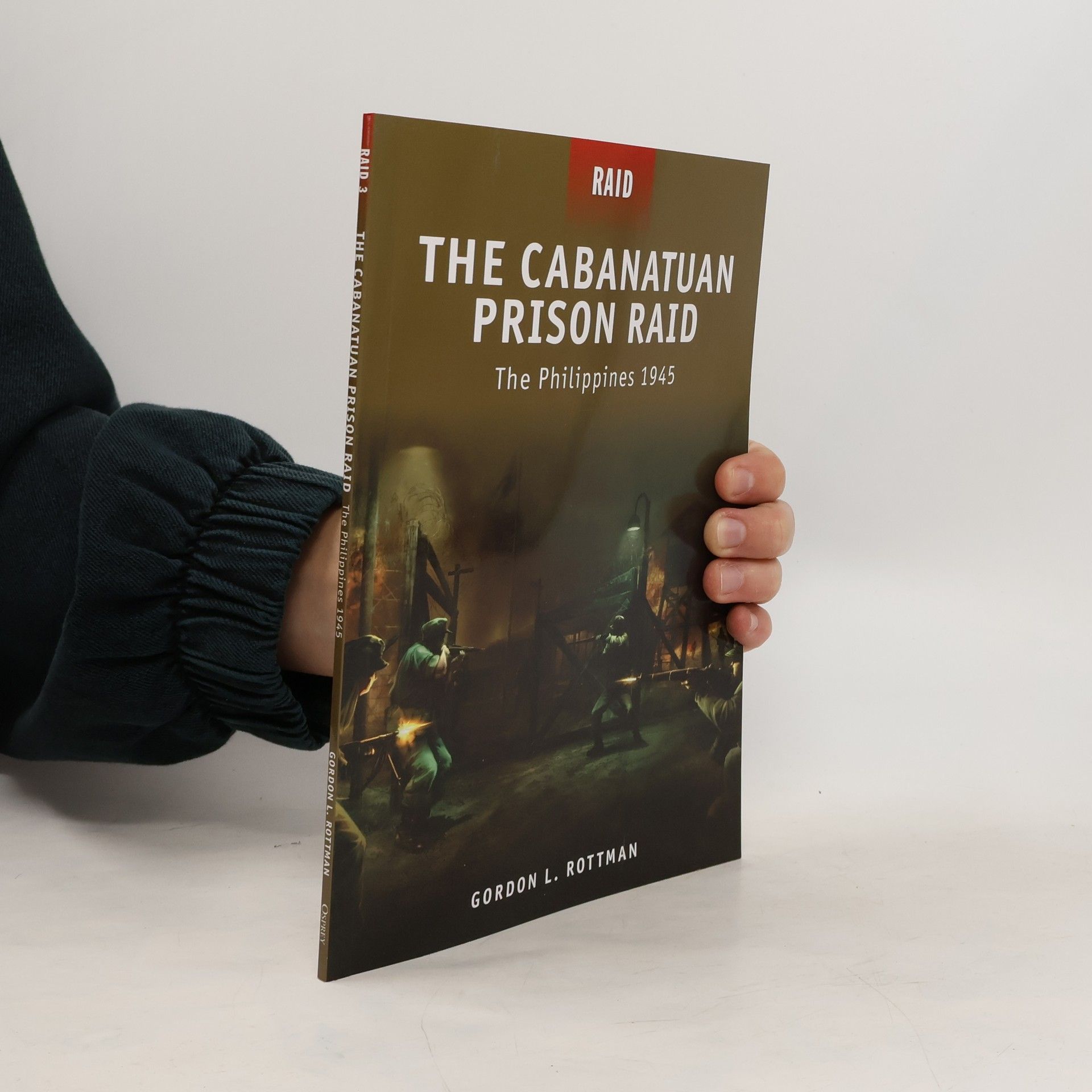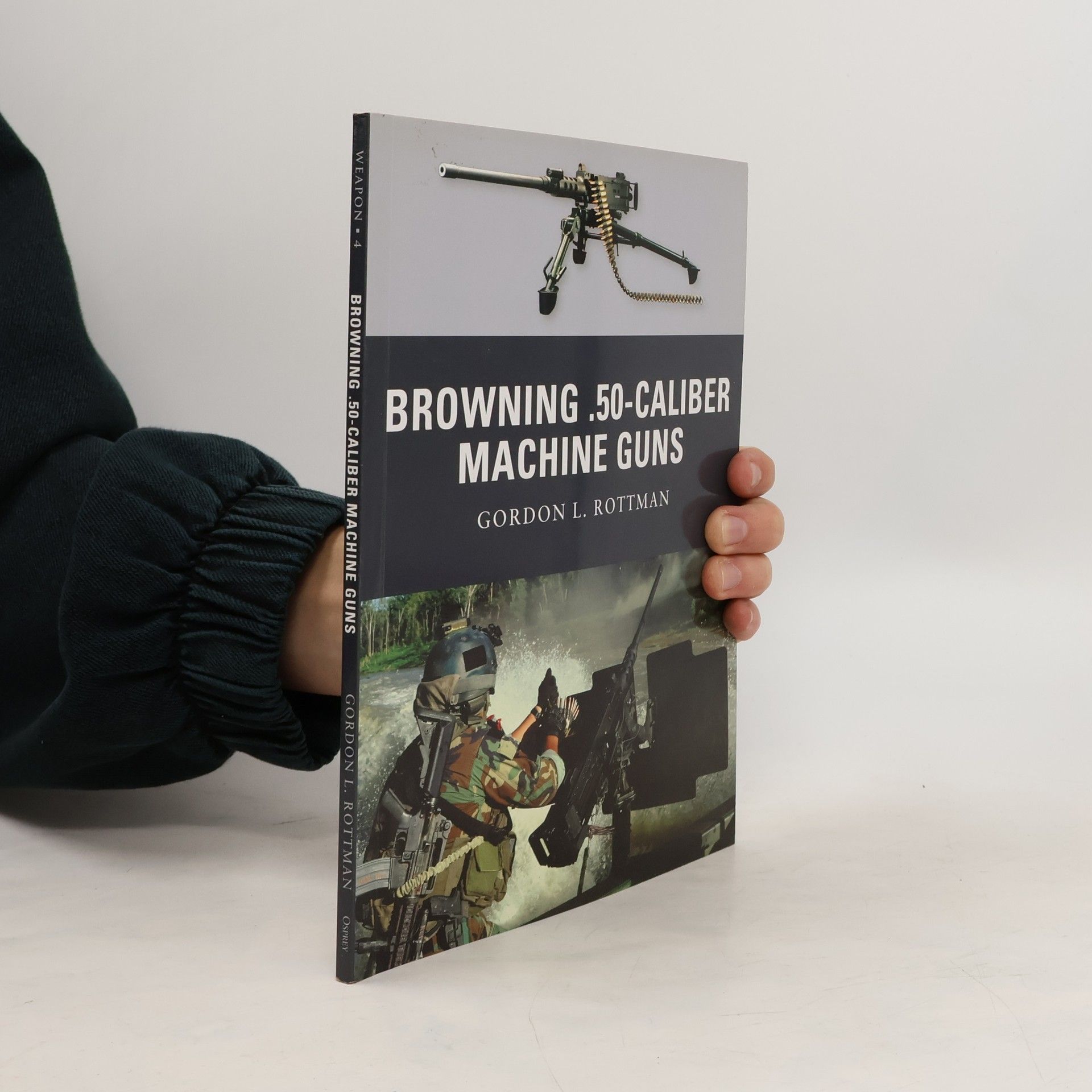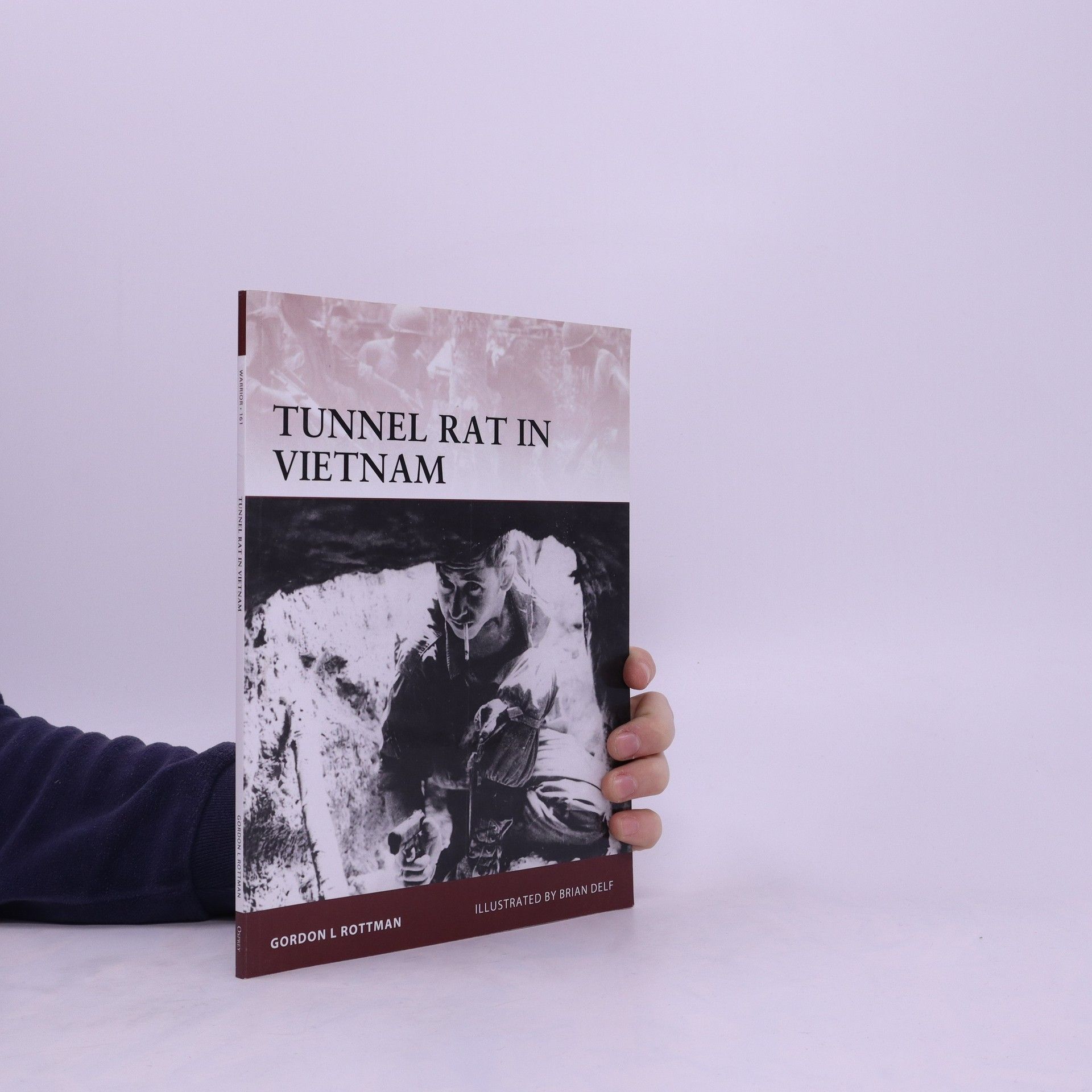Focusing on the Pacific islands involved in World War II, this comprehensive resource offers in-depth information on various geo-military aspects of the Pacific Theater. It organizes entries regionally and chronologically, detailing island names, nicknames, and wartime time zones, while also exploring physical characteristics, weather, health hazards, historical context, and military significance. The book covers strategies and operations of both Japanese and Allied forces, challenges posed by terrain, key military figures, and the islands' postwar conditions.
Gordon L. Rottman Livres
L'écriture de Gordon L Rottman est profondément informée par sa carrière de 26 ans dans l'armée américaine, y compris des rôles dans les Forces Spéciales et dans le renseignement. Cette profonde expérience lui permet d'explorer et de transmettre méticuleusement les nuances de l'histoire militaire et des tactiques opérationnelles. Le travail de Rottman offre des perspectives authentiques et perspicaces sur le monde des conflits armés et des opérations stratégiques. Les lecteurs apprécient sa prose pour sa profondeur et sa compréhension faisant autorité du domaine militaire.

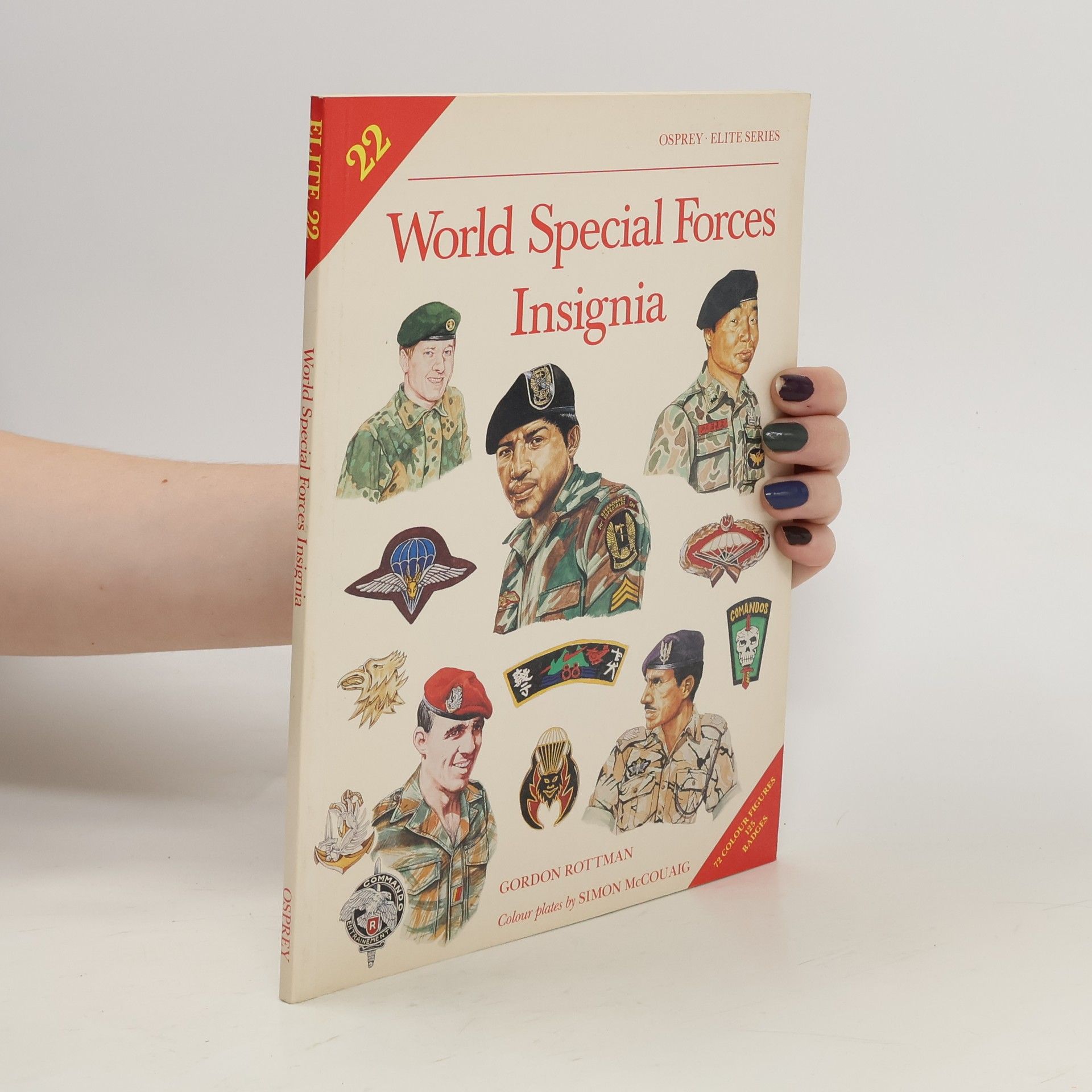


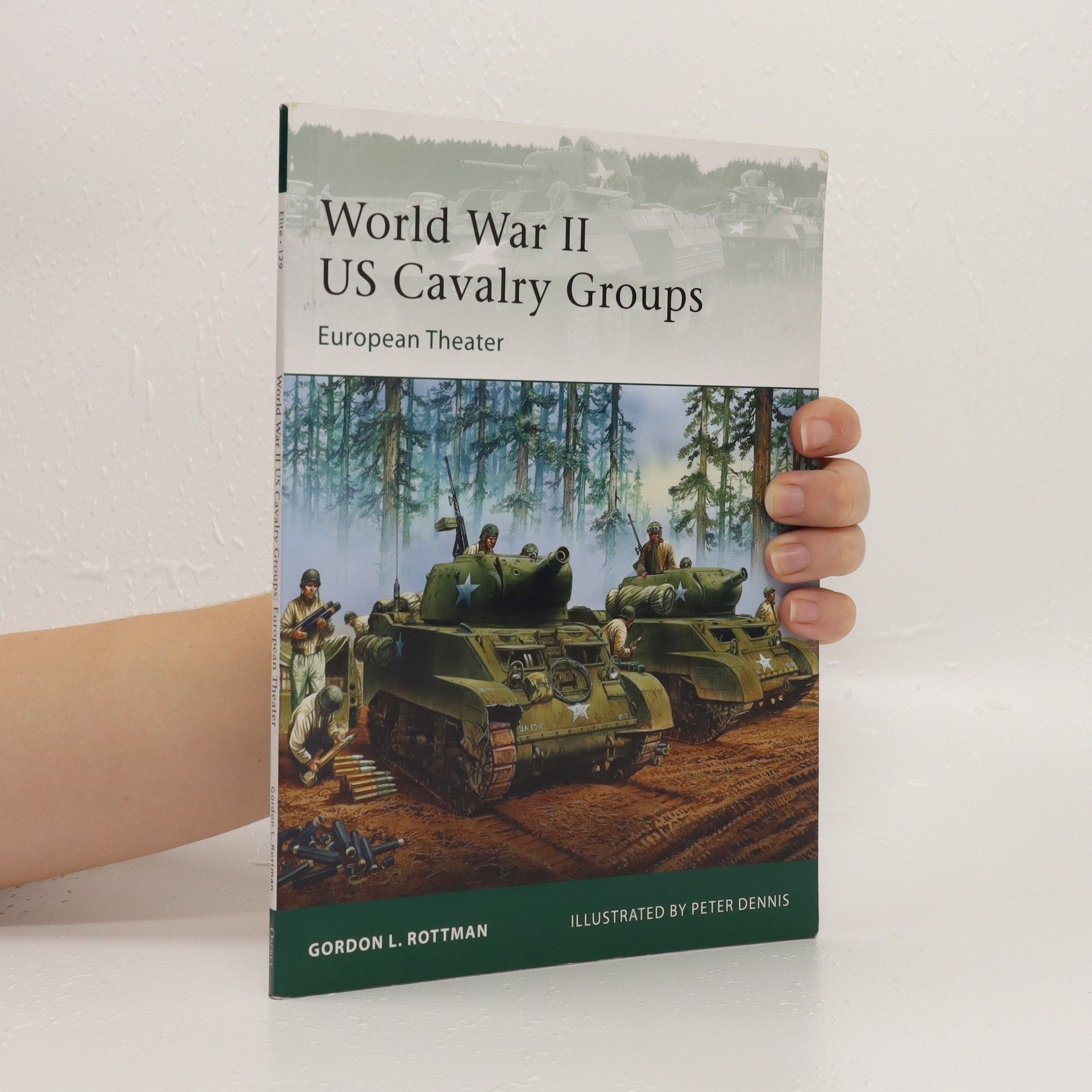


A compilation of the slang unique to the Vietnam War, how it was used by the soldiers and Marines and its relation to the war.
The cavalry regiments of the US Army were in the process of being transformed into a mechanized force when the USA entered World War II. While those cavalry regiments deployed to the Pacific to fight the Japanese were turned into infantry units, those sent to Europe were employed as light armor in the cavalry's traditional spearhead roles - reconnaissance, the screening of advances and flanks, and the pursuit of beaten enemy forces. Equipped with M8 Greyhound armored cars, M5 Stuart and M24 Chaffee light tanks, and halftracks, these units were designated cavalry groups (mechanized), each c. 1,700 strong and divided into two heavily armed squadrons. They were seldom attached to divisions, but to higher-level corps commands, meaning they could be shifted around quickly and independently and be formed at need into flexible battle groups with armored, infantry, and other units, depending on the mission. Thirteen CG(M)s fought in Europe, seeing a great deal of action - they were usually the first units in contact with the enemy, and, because of their mobility and freelance role, the ones sent as "fire brigades" to block dangerous gaps. Featuring specially drawn full-color illustrations depicting uniforms, insignia, armored vehicles, and tactical scenarios, this is the story of the US cavalry units that led the advance to victory in Europe during World War II.
Vietnam War Booby Traps
- 64pages
- 3 heures de lecture
"During the Vietnam War, the Viet Cong were frequently unable to hold their own in stand-up fights against US and allied forces who were superior in strength, firepower, mobility, and logistics. They relied instead on traditional guerrilla warfare tactics including small-scale hit- and-run attacks, ambushes, terrorist actions, and precision attacks against bases. These included one of the oldest of guerrilla weapons--the boobytrap. Booby traps could be made in large numbers in village workshops and jungle camps using locally available materials as well as modern munitions. The VC were adept at making booby traps "invisible" in the varied terrain of Vietnam, often emplacing them in locations and surroundings totally unexpected by their enemies. Booby traps could be incredibly simple or startlingly complex and ingenious, ranging from pointed sticks to command-detonated submerged floating river mines. Besides a wide variety of booby traps, they also used land and water mines, both contact/pressure-detonated and command-detonated. Between January 1965 and June 1970 11 percent of US troop deaths in action and 17 percent of injuries were by caused booby traps and mines. This fascinating title explores not only the wide variety of booby traps employed by the Viet Cong, but also their various uses in halting, stalling, or locating an enemy, and the many evolutions these traps underwent in order to retain the element of surprise. Written by a Vietnam veteran with first-hand experience of such traps, this is an engaging look at one of the most frightening aspects of guerrilla warfare." --Amazon.com
Battle in the East
- 52pages
- 2 heures de lecture
There exists among the world's armies a proliferation of special forces groups. Today's smaller armies, especially those of developing nations, demand maximum efficiency in force structure and employment. Mountain, jungle, arctic and desert areas require special purpose units trained, conditioned, and equipped to master these environments. This volume by ex-weapons specialist in the US 7th Special Forces Group, Gordon L. Rottman, details the insignia of a myriad of special forces groups from all parts of the globe, from Portugal's Commando Regiment to the North Yemen 'Al Mithalaat' Brigade, with a wealth of illustrations and photographs, including 12 full page colour plates by Simon McCouaig.
The Cabanatuan prison raid: the Philippines 1945
- 64pages
- 3 heures de lecture
On January 27, 1945, the 6th Ranger Battalion and the 6th Army Special Reconnaissance Unit (the Alamo Scouts) began the most dangerous and important mission of their careers to rescue 500 American, British and Dutch prisoners-of-war held at a camp near Cabanatuan. This daring plan was fraught with difficulties - the rangers had to struggle with harsh jungle terrain, 30 miles behind enemy lines against a far larger force, knowing that if their secret mission was leaked, the POWs would be massacred by their captors. Yet, with the help of a Filipino guerilla force, they managed to liberate 513 prisoners and kill 225 Japanese in 15 minutes, while only suffering two losses themselves.Relive the dramatic rescue in this action-packed account, complete with bird's eye view and battlescene artwork. Gordon Rottman details the build-up to and execution of the operation, analyzing the difficulties faced and the contribution made by the guerrillas. This is not only a story of extraordinary military success but a compelling tale of courage in the face of overwhelming odds.
Osprey's new Weapon series provides a highly-detailed yet affordable overview of the development, use, and impact of small arms throughout history-from the sword to the machine gun.In this volume, Gordon Rottman examines this history of the longest serving weapon in the U.S. military's small arms inventory. Thoroughly researched and illustrated with rare photographs and original artwork by Johnny Shumate, the book takes readers from the origins of the “fifty” on the battlefields of World War I (1914-1918) to its use in the war on terror today. Rottman provides lists of the companies that manufactured the Browning and analyzes the variants that have arisen over the years since it first entered service in 1933. He also provides descriptions and photos of how it was used on aircraft, ships, riverboats, tanks, Humvees, and by ground forces. A cutaway illustration from Alan Gilliland details the parts of the weapon and a final chapter dispels myths told about it.
The US Army and Marine Corps in World War II considered themselves highly mobile, offensive forces. Their mobile-warfare doctrine envisioned field fortifications and obstacles as temporary in nature. As a result, their design was simple and made use of local materials, and they could be constructed comparatively quickly, whilst still providing adequate protection. By the time of the Korean War, only minor changes had been made to field fortification construction and layout, and to small-unit organization, weapons, and tactics. This title addresses field fortifications built by US infantrymen during World War II and in Korea, and covers rifle-platoon positions, trenches, crew-served weapon positions, bunkers, dugouts, shelters, observation posts and anti-tank obstacles.
Tunnel rat in Vietnam
- 64pages
- 3 heures de lecture
This title gives a detailed account of the development and deployment of the Tunnel Rats in the Vietnam War. The book highlights the special techniques and equipment developed for those who had to fight a claustrophobic and suffocating war underground
